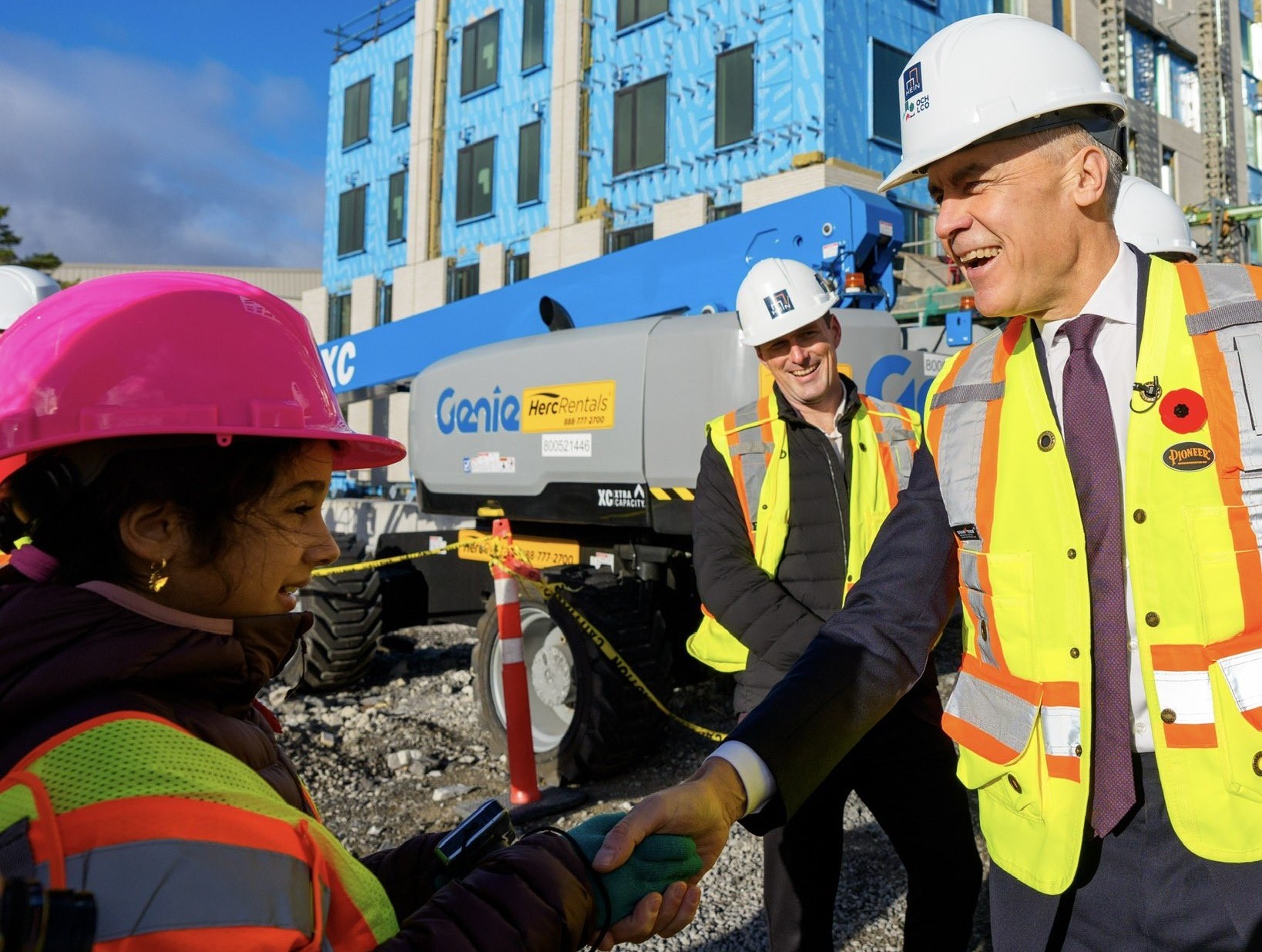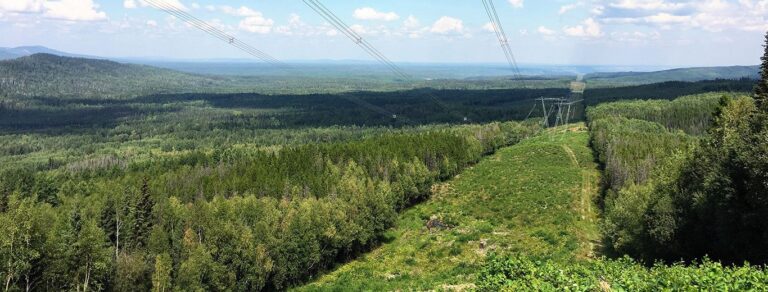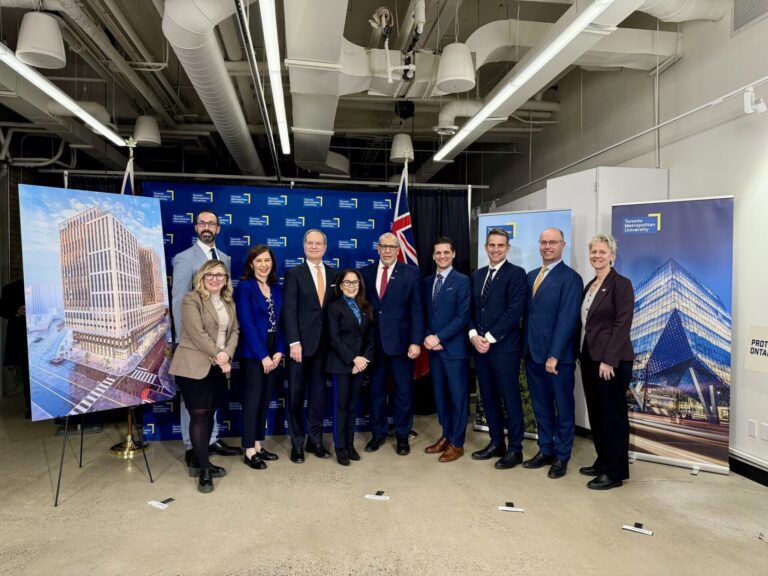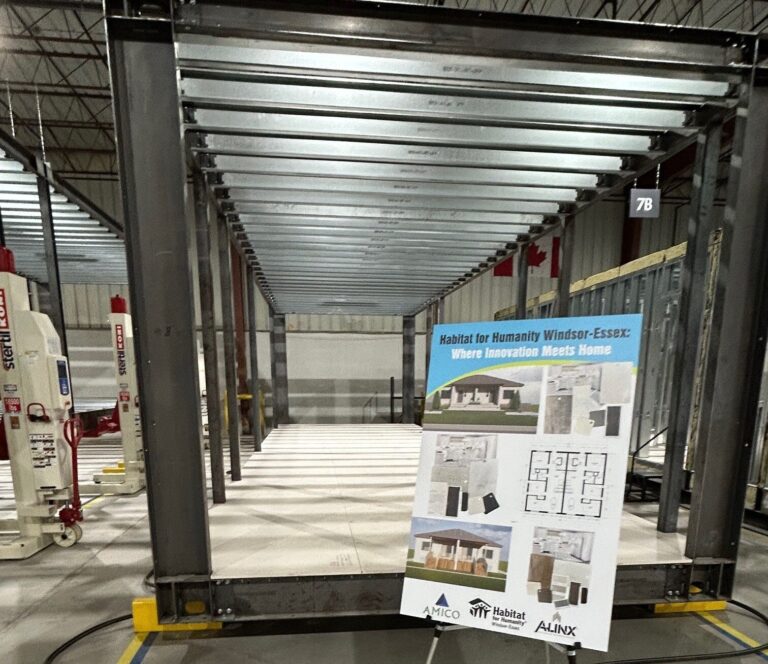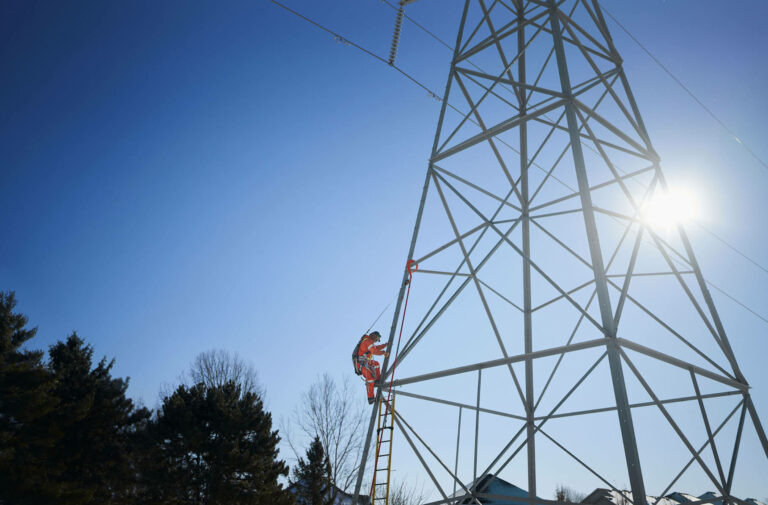Prime Minister Mark Carney announced the second tranche of projects to be referred to the Major Projects Office (MPO) for fast-tracking under legislation passed in June.
The projects announced represent more than $56 billion in new investment.
In September, Canada’s new government announced the first tranche of major projects – representing $60 billion in investments in nuclear power, LNG, critical minerals, and new trade corridors.
“Faced with uncertainty, Canada’s new government is making bold choices to grow our economy stronger than ever before – with major investments, faster approvals, and a clear signal to workers and industry: it’s time to build. We are building sustainably, in partnership with Indigenous Peoples, and we are building Canadian, with Canadian workers, materials, and expertise. We’re taking control of our future and building Canada strong,” said Carney, from Terrace, B.C., where he made the announcement.
The six projects being referred to the MPO include:
- North Coast Transmission Line (NCTL) – Northwest British Columbia: This project is a foundation for a cleaner, stronger, and better-connected Canadian economy. This project will tie the Northwest Critical Conservation Corridor together, delivering low-cost, clean electricity, and bolstered telecommunications to local communities along the West Coast. To support the early stages of the NCTL project, the Canada Infrastructure Bank (CIB) announced a loan of $139.5 million to B.C. Hydro. By twinning major transmission lines, the NCTL will enable transformative new industrial projects – including the Ksi Lisims LNG facility and critical minerals developments in the Golden Triangle – while reducing emissions by up to three million tonnes annually. This project, once operational, will create thousands of direct full-time careers, generate millions in annual public revenues, and anchor a clean-energy industrial corridor for generations to come. The proposed Yukon-B.C. Grid Connect aspect of the project will connect the Yukon’s isolated electrical grid to the Canadian grid through B.C., increasing the Yukon’s energy security and providing clean power to communities in Canada’s Northwest corridor.
- Ksi Lisims LNG – Pearse Island, British Columbia: This project will transform Canada’s energy future. Led by the Nisga’a Nation, Ksi Lisims LNG will become Canada’s second-largest LNG facility and one of the world’s lowest-emission LNG operations once fully electrified, with emissions 94% below the global average. The project is expected to attract nearly $30 billion in investment, create thousands of skilled careers, and strengthen Canada’s position as a global LNG exporter. The project referral also includes the 800-kilometre Prince Rupert Gas Transmission Project to supply feed gas for liquefaction, and a 95-kilometre electrical transmission line to supply electricity to the facility. By ensuring that projects like LNG Canada 2 (referred to the MPO in September) and Ksi Lisims LNG get built, we can more than double Canada’s LNG production.
- Canada Nickel’s Crawford Project – Timmins, Ontario: This project will serve as an anchor for Canada’s global leadership in clean industrial materials. Located in the world’s second-largest nickel reserve, the Crawford Project will produce high-quality, low-carbon nickel essential for batteries and green steel. With projected emissions 90 per cent below the global average and the potential for a net-negative carbon footprint, it represents a model for the future of responsible mining. The project will attract $5 billion in investment and create thousands of new careers, securing Canada’s place at the forefront of the clean economy.
- Nouveau Monde Graphite’s Matawinie Mine – Saint‑Michel‑des‑Saints, Québec: This open-pit graphite mine will provide important inputs for defence applications and battery supply chains. It will integrate with the planned Bécancour Battery Material Plant. The project will strengthen Canadian supply resilience and help accelerate the clean transition. It will create over one thousand new careers and draw $1.8 billion in investment.
- Northcliff Resources’ Sisson Mine – Sisson Brook, New Brunswick: The Sisson Mine will produce tungsten – a critical mineral essential for high-strength steel production, defence, and industrial applications. Global tungsten markets are highly concentrated, and this project has the potential to make Canada a secure supplier for domestic and allied industries. It will position Canada as a reliable supplier of critical minerals to domestic and international partners, while creating hundreds of new careers.
- Iqaluit Nukkiksautiit Hydro Project – Iqaluit, Nunavut: This project is a breakthrough for Arctic sovereignty and sustainability. It will become Nunavut’s first 100% Inuit-owned hydro energy project, a milestone in Indigenous leadership and clean energy innovation. By replacing Iqaluit’s reliance on 15 million litres of imported diesel each year, this project will deliver affordable, reliable, and emissions-free power to the Arctic. It will build community resilience, fuel a cleaner northern economy, and create new construction and operation jobs.
The Prime Minister also referred the Northwest Critical Conservation Corridor in Northwest British Columbia and the Yukon to the MPO. This Corridor sits atop vast deposits of critical minerals and has the potential to unlock world-class resources while creating a conservation area the size of Greece.
Referring this Corridor to the MPO ensures it can realize its potential for critical minerals development and clean power transmission, while upholding Indigenous rights and supporting Indigenous project leadership, said Carney.
“We are acting decisively to build a stronger, more self-reliant Canada. By unlocking our vast natural resources, powering new industries at home and abroad with low-carbon Canadian energy, and getting major projects built faster, we are ensuring that Canadian workers and communities not only compete, but win,” said Tim Hodgson, Minister of Energy and Natural Resources.
Featured image: (Government of Canada)

